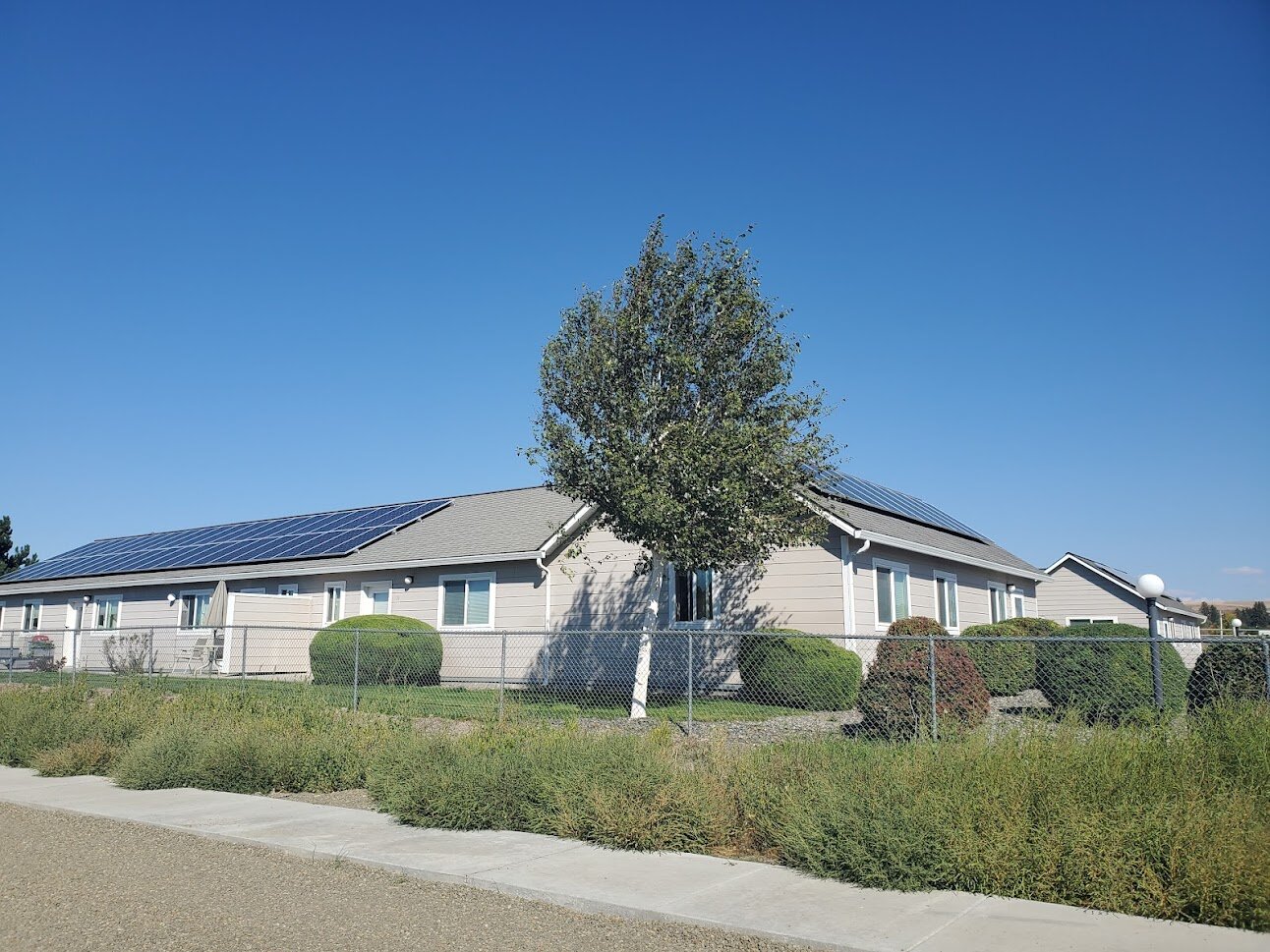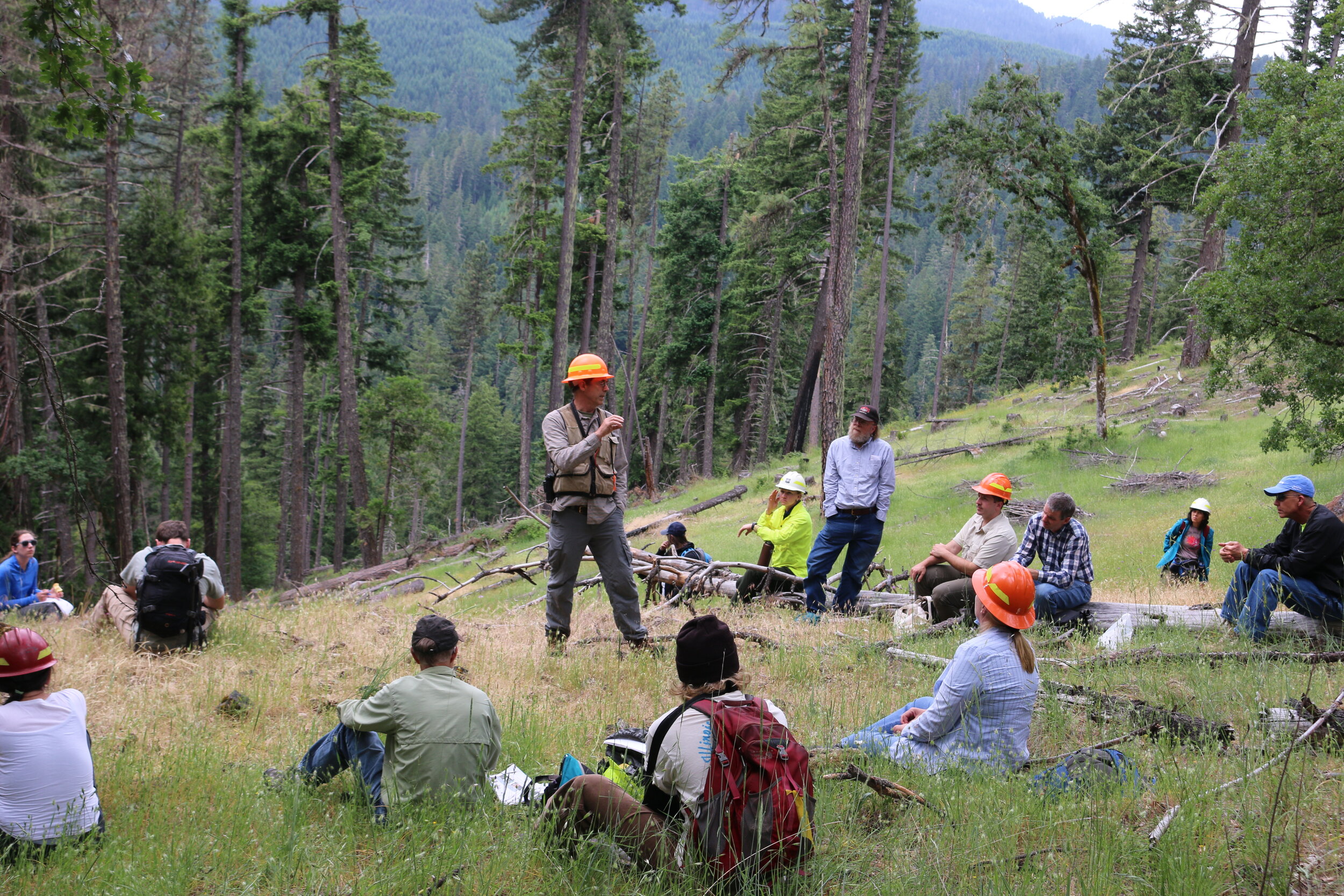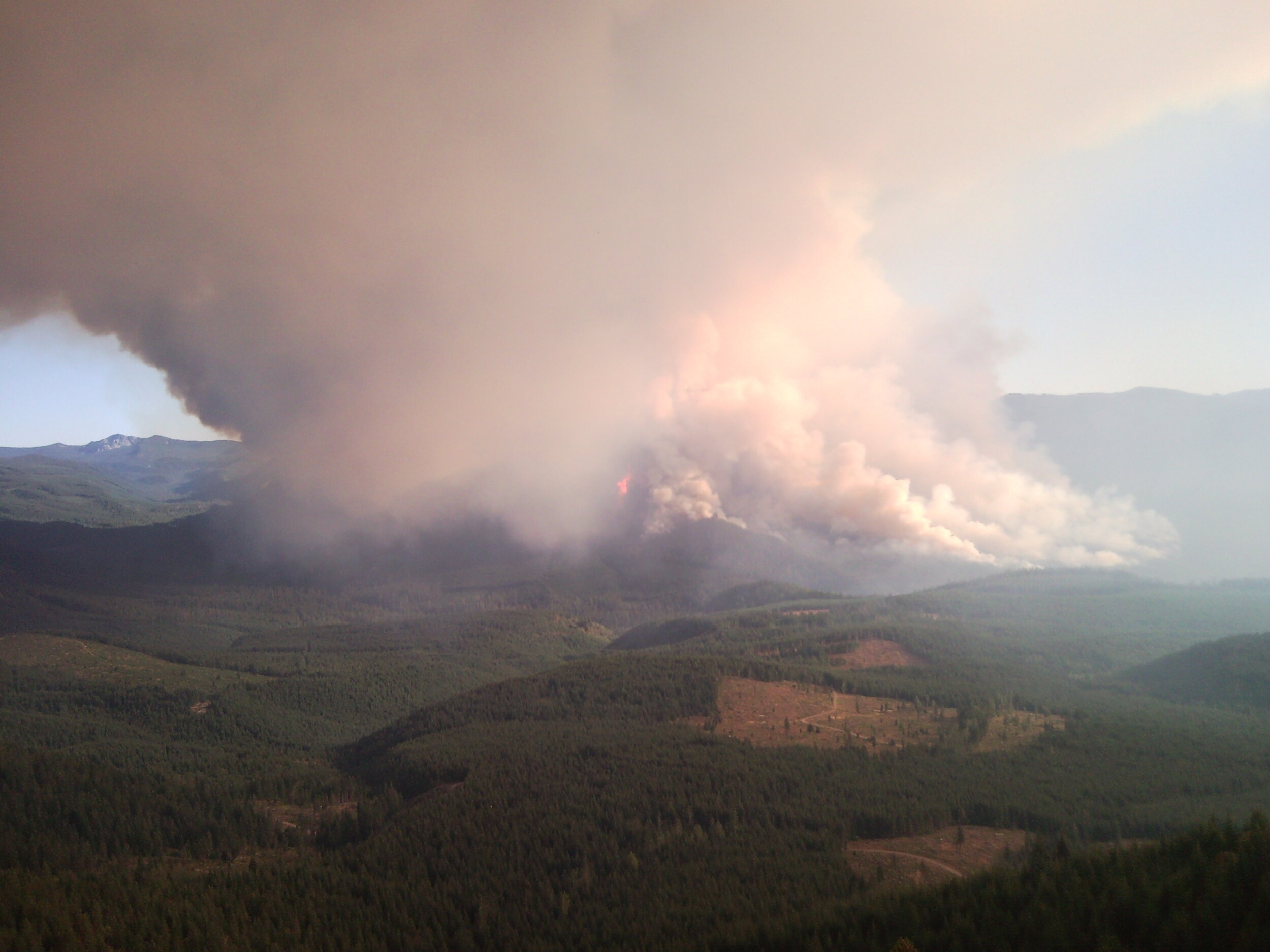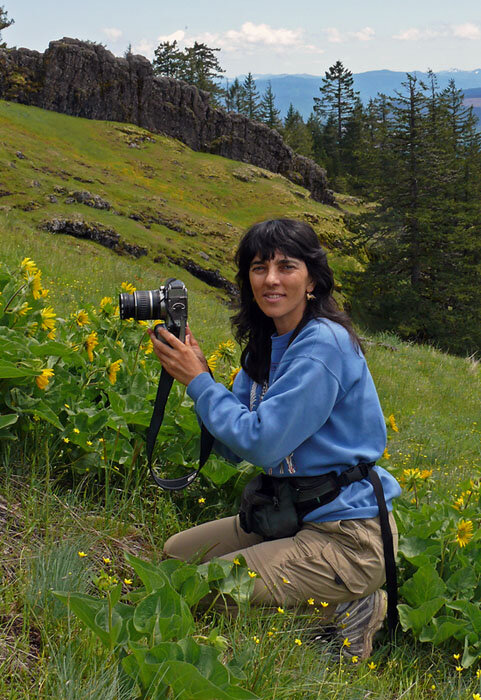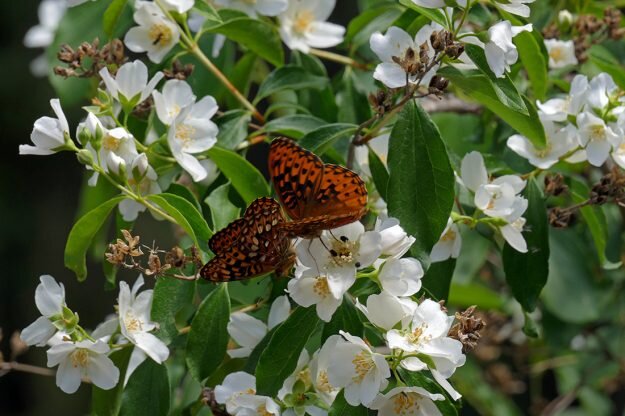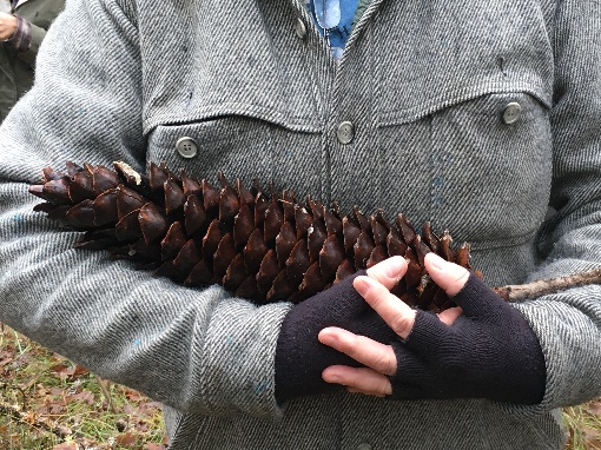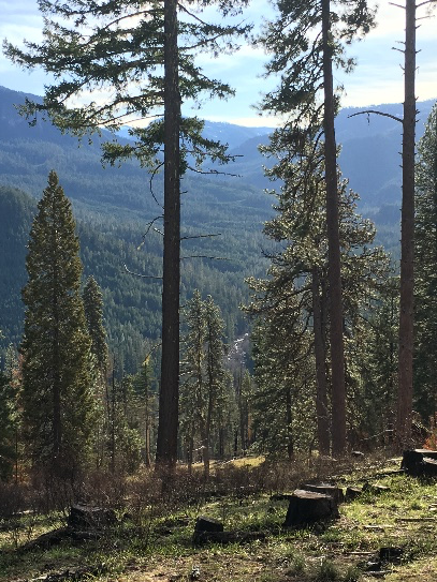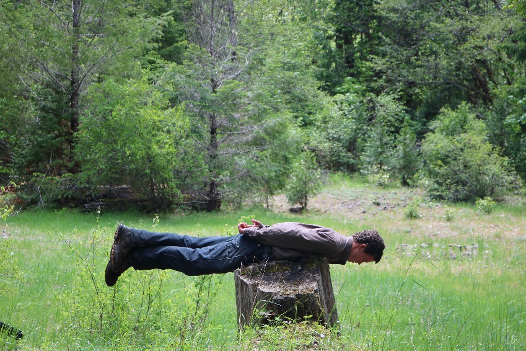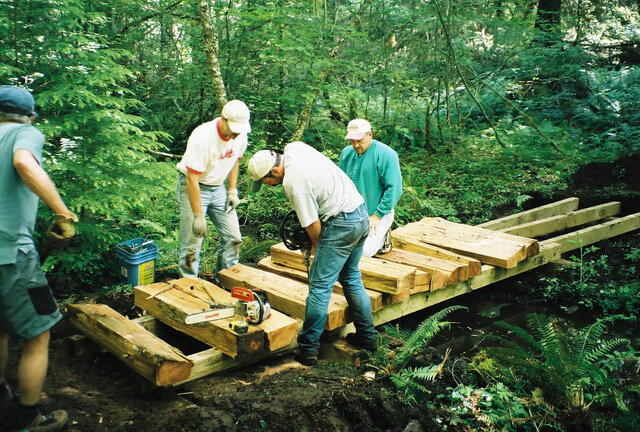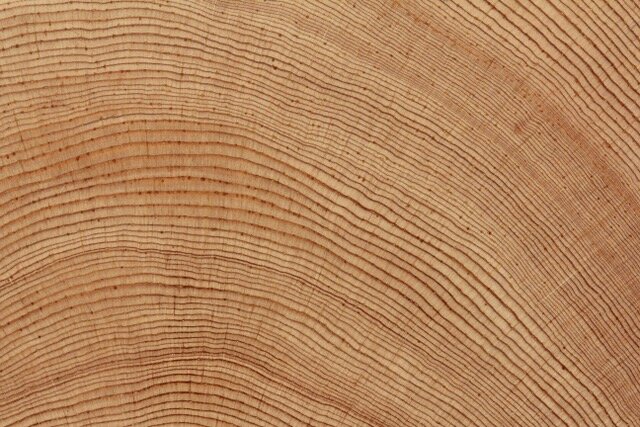The Willamette Activity Center (WAC) Fundraising Group is excited to announce another recent grant award! The City of Oakridge was awarded $332,500 through the Oregon Department of Energy (ODOE)'s Community Renewable Energy Program grants (C-REP). This grant will support rooftop solar panel installation with battery backup at the WAC. This project will allow the WAC to produce electricity, reducing day-to-day costs to operate the building and guaranteeing power when Oakridge power is cut off from Eugene. Electricity production and storage enhances the WAC's role as a Lane County "Resiliency Hub", and is one of six located throughout Lane County.
The WAC Solar Project is one of 34 initiatives selected for funding by the ODOE to provide nearly $18 million across the state. The competitive selection process evaluated projects based on feasibility, equity, cost savings, and economic development potential.
The C-REP grant and nine others have been awarded due to the WAC Fundraising group’s coordination and efforts, bringing the total to $6.3 M!
Approximate location for solar panel placement on the roof of the Willamette Activity Center













